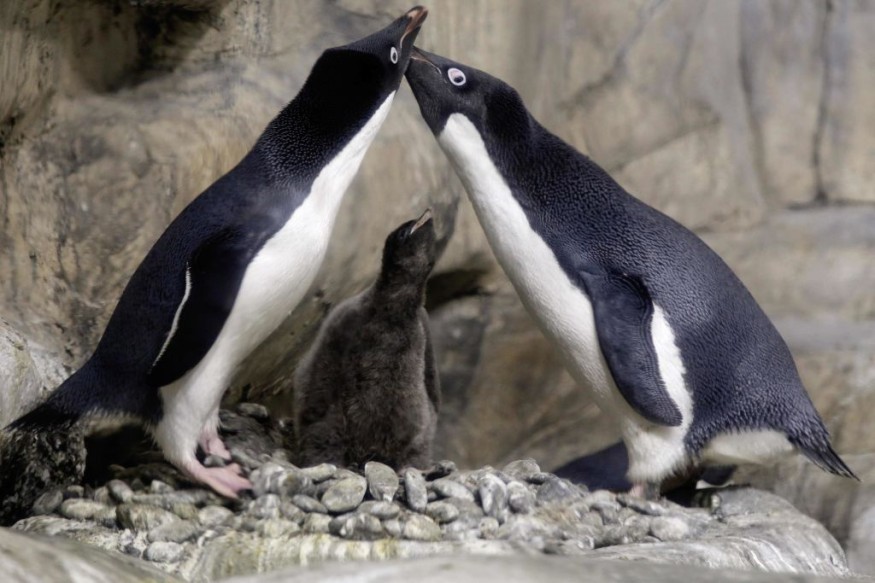
A 'once in a decade' event has happened in a San Diego-based aquarium and theme park.
SeaWorld celebrated the rare hatching of an emperor penguin chick for the first time in 13 years, marking a historic event for the park.
Exciting Times
The nameless female chick was born last month and has made amazing health progress despite a difficult hatching experience.
"This is the most exciting thing we'll do all year, potentially all decade," said Justin Brackett, SeaWorld's birds curator, in a video provided by the park.
17 emperor penguins live in a minus 5 Celsius habitat at the marine theme park and zoo where the egg was placed on July 7.
The zoo's penguin habitat has 300 penguins of various varieties, but SeaWorld workers took special interest in the emperor hatching, according to Melissa Ramsey, SeaWorld's supervisor of birds who assisted with the penguin's hatching.
Unlike several other penguin species, which lay multiple eggs each year, the female emperor only lays one egg every year.
While other penguin men and females share incubation responsibilities, the female emperor normally returns to the sea to feed after laying the egg, leaving the male to incubate the egg for more than two months if it does not eat.
However, because the mother did not pass the egg to the father, SeaWorld officials took the egg into their custody on Sept. 7 and observed movement and commotion coming from the egg.
After 72 hours of inactivity, the zoo staff delicately bore a hole in the egg to help the bird out over the next two days.
The team eventually discovered that the chick had a beak deformity that prevented it from hatching.
Despite this, the hatchling is making excellent progress, growing 5%-10% of her body weight per day-most likely due to the continuous diet of fish and "fish milkshakes" she consumes.
SeaWorld is requesting the public to name the bird, with three possible names available for voting on Instagram or by email: Pearl, Pandora, and Astrid.
Threatened Species
According to the World Wildlife Fund (WWF), the emperor penguin (Aptenodytes forsteri) is the largest of all penguin species, reaching 3.7 feet (1.15 meters) in height and weighing up to 99 lb (45 kg).
The International Union for Conservation of Nature lists the emperor penguin, who lives around the coast of Antarctica, as a threatened species.
Climate change threatens the survival of these famous birds by eroding the sea ice on which they rely.
A study in 2022 suggests that two-thirds of Antarctica's native species, including emperor penguins, face extinction or substantial population decreases by 2100 if present global warming trends continue.
"Up to 80% of emperor penguin colonies are projected to be quasi-extinct by 2100 [population declines of more than 90%] with business-as-usual increases in greenhouse gas emissions," the study says.
Last year, the US Fish and Wildlife Service finalized protections for the emperor penguin under the Endangered Species Act (ESA).
Related Article : Time is Running Out for the Beloved Emperor Penguin
© 2025 NatureWorldNews.com All rights reserved. Do not reproduce without permission.





